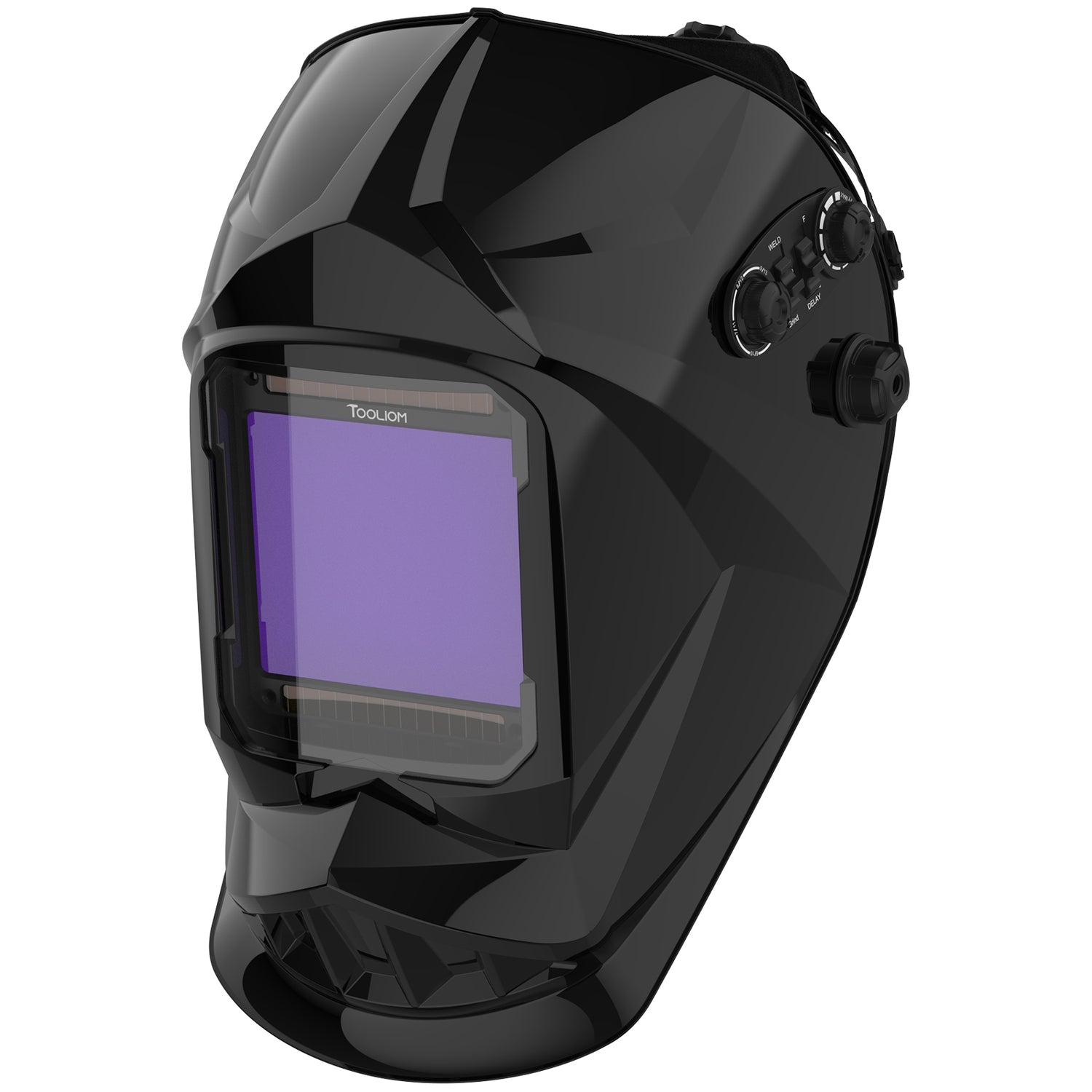In this article, you will learn in detail how to get started, from preparing the tools and workspace to adjusting the screws and setting up the welder or welding machine.
Prepare Your Tools and Workspace
You have to prepare your workspace by confirming your electrical source and asking for shields if needed to avoid wind issues. This process is unsuitable for outdoor applications but can also be used if you prepared your workplace well.
Also, be sure that your fire extinguisher is there besides your welding machine and be sure that your welding machine is connected with the earth network. Get your PPEs on and bring all your needed supplies into the workspace.

Source: https://www.woodcraft.com/blog_entries/welding-for-woodworkers-1
Check your gas cylinder and adjust gas flow
Usually, gas cylinders are highly pressurized. That is why there is a need to use pressure regulators that can decrease the pressure of the cylinder to the pressure suitable for welding and consequently control the flow rate of shielding gases as required by the welding procedure.

Source: https://www.youtube.com/watch?v=Yl8mUixogCE
As shown, the pressure regulator contains two gauges: one showing the cylinder pressure and the other showing the welding pressure or flow rate.
Make Your Adjustments
To start welding, firstly you have to know more about the material to be welded, the thickness of the workpiece, the requirements mentioned in the applied welding procedure including joint preparation, shielding gas type, welding wire type and suitable size, and welding variables of current and voltage.
Usually, welding machines are supplied with charts and tables for the recommended welding variables and wire sizes as per material type and thickness. If you have a C clamp, use it to hold your workpiece and fix it properly before you start welding.

Source: https://www.youtube.com/watch?v=s7CN5uJInqE
Set Up the Welder
To get optimal welding results, you have to set your welder correctly.The FCAW welder must be set the right range of welding current which usually available on the welding machine as a recommendation depending on the material type and thickness.
The welding wire spool must be fed into the welding machine so that the wire supply to the welding gun can continue continuously.
To set up the welder, you should proceed as follows:
- Open the welder
- Attach the welding wire spool or coil to the spool holder provided for it.

Source: https://www.youtube.com/watch?v=aV0kkLls3Io&t=1761s
- Take the wire beginning and direct it between the wire rollers and let its end enter the torch cable through the wire spring inside the torch cable and turn on the wire feed unit to run the rollers until the wire goes out of the torch. This is the only way to ensure an even wire feed.
- Check the tension on the wire; if necessary, a push button is used to regulate the tension.
- Now attach the bobbin with the bobbin cap.
- For ease of getting the wire out from the welding torch, remove the torch Nozzle and contact tip.

- Now press the trigger to feed the wire through the gun.
- Put the nozzle and contact tip back on the welding torch.
Types of Gas Needed for FCAW
You can use different gases for FCAW welding. The most popular is carbon dioxide or a mixture of argon and carbon dioxide.
- Carbon dioxide Co2: This type of shielding gas is usually used for welding carbon steels.
- The mixture of Argon and Carbon dioxide:This type is usually for alloyed steels.
Using a Gas Cylinder
You need to be careful when handling gas cylinders. All safety instructions must be followed and applied precisely. Pay attention and take action toward the necessary safety precautions when transporting the gas, and then nothing will go wrong.

Source: https://bancrofteng.com/how-to-choose-shielding-gas-types-for-gmaw/
Next Steps / What to Do After Learning FCAW
Your next steps depend on what you want to do. However, here are some suggestions:
- YouTube Courses: YouTube has everything from welding courses for beginners to courses for experts in steel construction industries.
- Trade Career Certification: Check your area for any nearby welding school or academy to catch any training courses and also, there are online classes that can help you in studying and training. Some of these certifications, as per the American welding society AWS include Certified Welder (CW), Certified Welding Inspector (CWI), Certified Welding Educator (CWE), and certified welding engineer (CWEng.).

Photo by @metalmaker
- Training Workshops: They are very important for any welder to apply what he actually learned by studying. These workshops can either be virtual or in by physical setting by being present in the workshop.
If you are interested in other FCAW tips, please check out this linked article Flux-Cored Arc Welding(FCAW)Basics to get more information.


